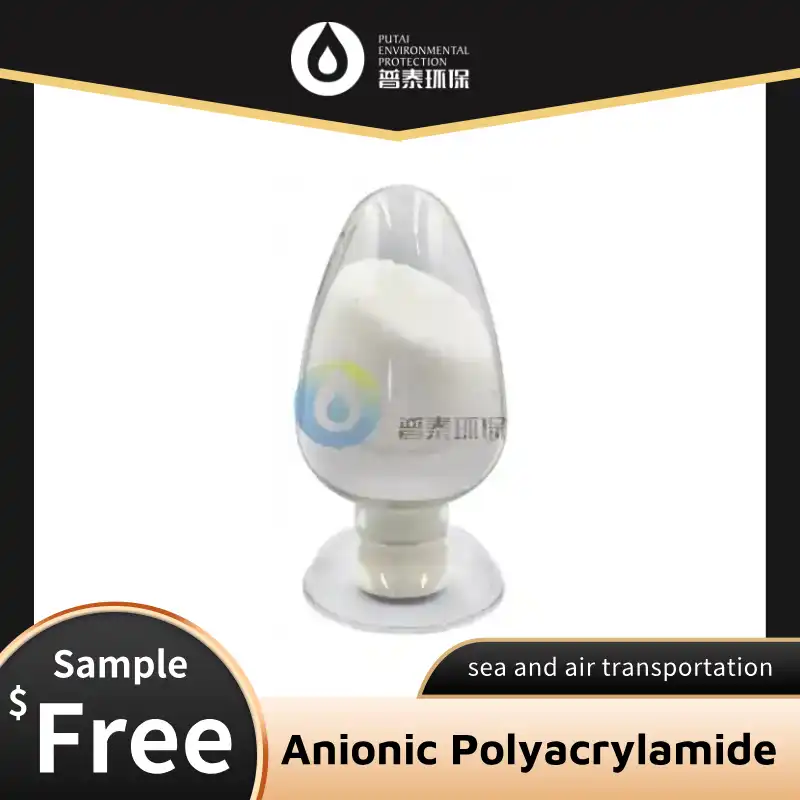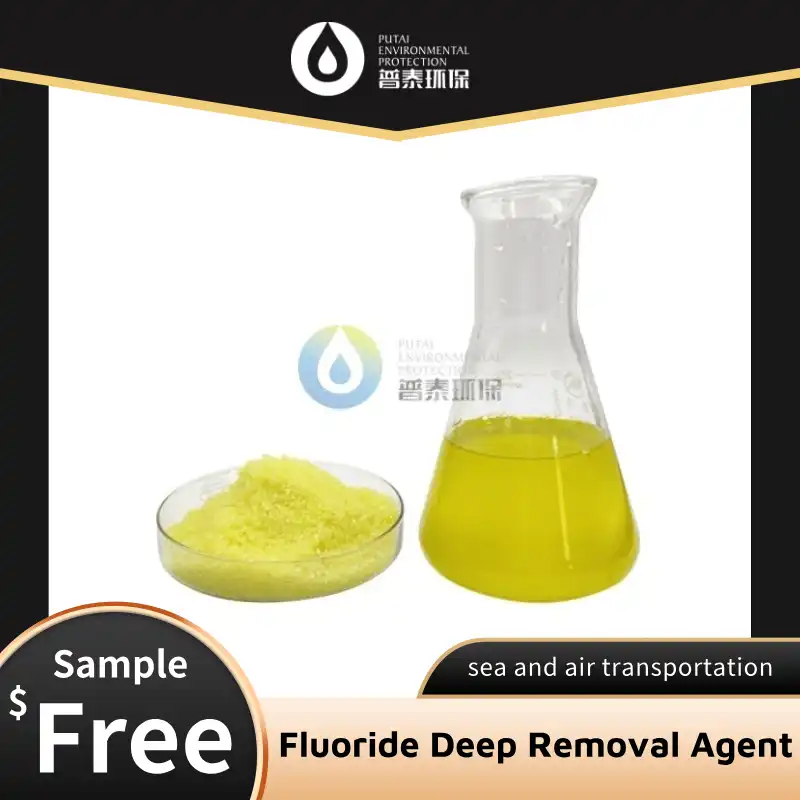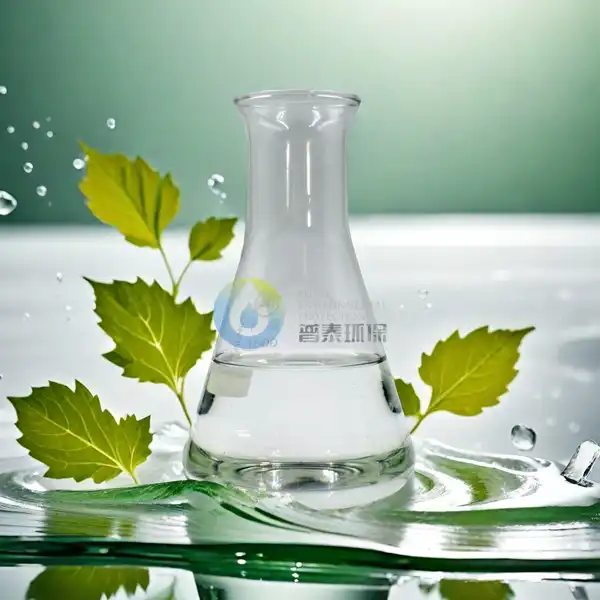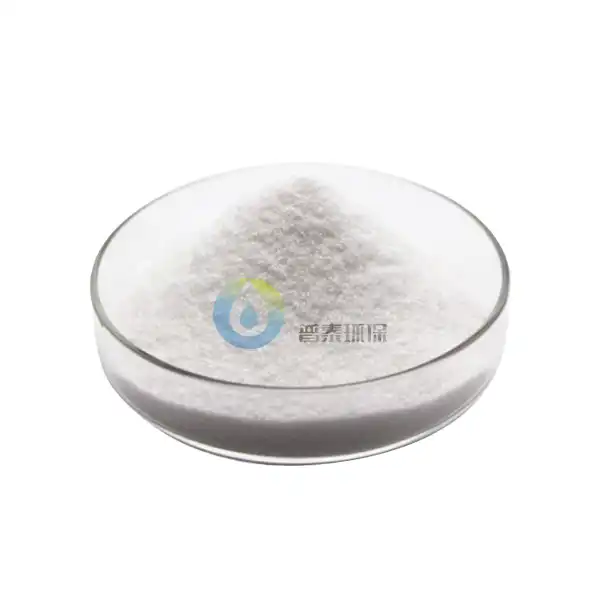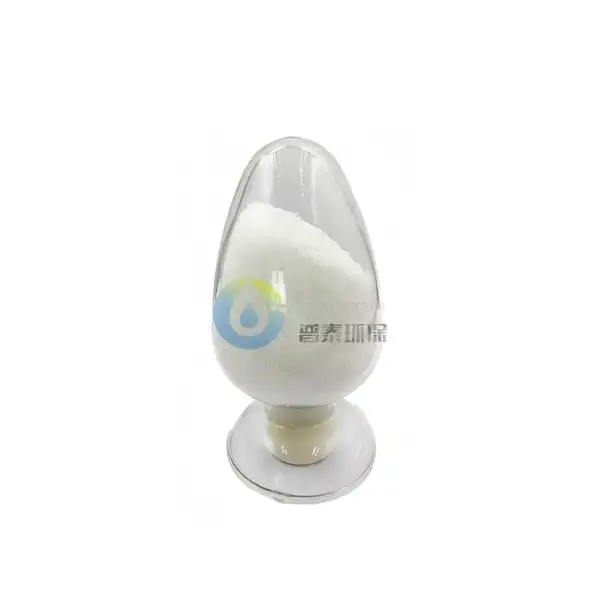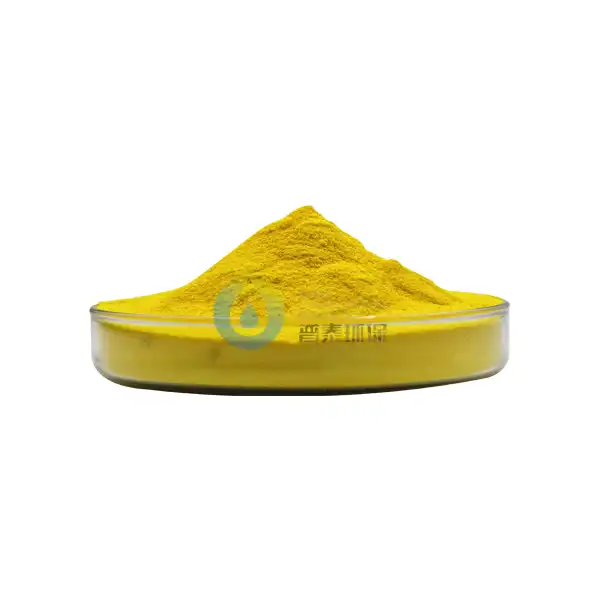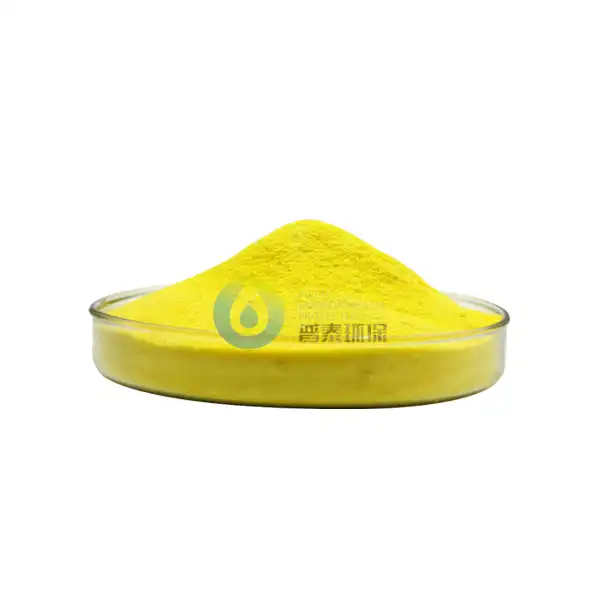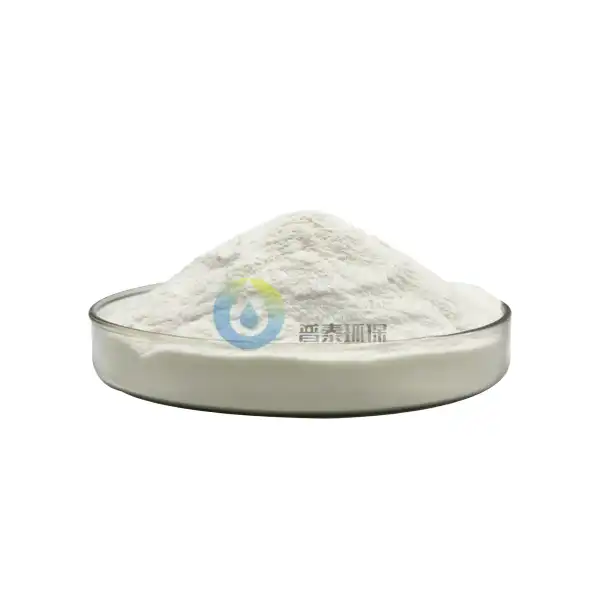How Does Highly Effective Organic Decolorizer Work?
In water treatment processes, color removal presents a significant challenge for many industries. Highly Effective Organic Decolorizer has emerged as a revolutionary solution that addresses this issue through advanced chemical mechanisms. This specialized treatment agent can effectively remove various organic colorants and pigments from industrial wastewater, making it an essential component in environmental protection efforts. By targeting specific chromophores in colored effluents, these decolorizers help industries comply with environmental regulations while maintaining operational efficiency.
What Makes Organic Decolorizers More Effective Than Traditional Methods?
The Chemistry Behind Superior Color Removal
Highly Effective Organic Decolorizer works through a mechanism that targets the chromophoric groups responsible for color in water. Unlike conventional methods that may only mask coloration, organic decolorizers directly attack the molecular structure of chromophores. The active compounds contain specialized functional groups that form strong bonds with color-causing molecules. This chemical interaction transforms colored compounds into colorless substances that can be easily removed from water. The molecular design allows these decolorizers to work efficiently across various pH levels, making them versatile for industrial applications. The process typically involves oxidation-reduction reactions that break down the conjugated double bond systems responsible for absorbing visible light in organic colorants.
Environmental Benefits of Modern Organic Decolorization
The adoption of Highly Effective Organic Decolorizer represents a significant environmental advancement compared to traditional methods. Conventional approaches often rely on harsh chemicals like chlorine or large quantities of activated carbon, which can create secondary pollution concerns. In contrast, Highly Effective Organic Decolorizer is typically biodegradable and environmentally friendly. These formulations minimize the ecological footprint by reducing the need for additional neutralizing chemicals. Many organic decolorizers break down into harmless byproducts after their action is complete, preventing downstream contamination. This environmental compatibility makes them valuable for industries discharging into sensitive aquatic ecosystems. Additionally, the reduced sludge generation associated with Highly Effective Organic Decolorizer translates to lower waste management costs and less environmental burden.
Cost-Efficiency Analysis in Industrial Applications
From an economic perspective, Highly Effective Organic Decolorizer offers compelling advantages for industrial water treatment. The concentrated formulation means smaller dosages are required compared to traditional methods, translating to lower chemical costs despite the potentially higher unit price. Businesses implementing Highly Effective Organic Decolorizer typically observe reduced operational expenses related to energy consumption, as these products often work at ambient temperatures and require less mixing energy. The rapid action also contributes to faster processing times, increasing throughput capacity without additional infrastructure investments. For textile, paper, and dyeing operations, implementation has resulted in documented cost savings of 15-30% compared to conventional methods when considering the complete treatment process. The reduced need for secondary treatments represents another dimension of cost efficiency that makes organic decolorizers attractive to industrial operators.
How Does Highly Effective Organic Decolorizer Compare Across Different Industries?
Textile Industry Applications and Success Rates
The textile industry stands as one of the largest beneficiaries of Highly Effective Organic Decolorizer technology. With wastewater containing complex mixtures of dyes and chemicals, textile manufacturers face unique challenges. Highly Effective Organic Decolorizer has demonstrated color removal rates exceeding 95% for many common textile dyes. The application process typically involves introducing the decolorizer after primary separation but before biological treatment. Case studies have shown that Highly Effective Organic Decolorizer can reduce color units from over 1,000 ADMI units to below 100 ADMI within timeframes as short as 30 minutes. The ability to work effectively across a wide range of dye classes—including reactive, acid, direct, and disperse dyes—makes these formulations particularly valuable in facilities processing diverse fabric types.
Paper and Pulp Industry Implementation Strategies
The paper and pulp industry presents distinct challenges due to lignin compounds and various process chemicals. Highly Effective Organic Decolorizer has been formulated to address these industry-specific contaminants through targeted mechanisms. When implemented in paper mill treatment systems, it typically achieves color reduction of 85-90% when properly applied. The implementation strategy often involves a two-stage process—an initial dose to address readily removable color components followed by a polishing application after preliminary settling. Engineering considerations include attention to mixing energy requirements, as high-solids environments can impede proper contact between the decolorizer and target molecules. Properly designed application systems have shown to enhance performance, with optimized systems achieving compliance while using up to 40% less chemical than poorly designed implementations.
Pharmaceutical and Chemical Production Requirements
The pharmaceutical and fine chemical industries face particularly stringent requirements due to the potential biological activity of their waste streams. Highly Effective Organic Decolorizer formulations for these applications incorporate selective mechanisms that target color-causing compounds while minimizing interaction with active pharmaceutical ingredients. Performance data indicates these specialized decolorizers can achieve color removal rates of 98% or higher, often reducing visible color to below detection limits. The implementation process frequently involves compatibility testing to ensure the treatment doesn't generate problematic byproducts. Regulatory compliance represents a critical consideration, with many facilities adopting Highly Effective Organic Decolorizer specifically to meet discharge permits related to visible pollution parameters. The precision and consistency make them well-suited to the exacting standards of pharmaceutical production.
Why Is Dosage Optimization Critical for Organic Decolorizer Performance?
Laboratory Testing Protocols for Determining Optimal Dosage
Achieving maximum effectiveness with Highly Effective Organic Decolorizer requires precise dosage determination through structured testing. The optimization typically begins with jar testing, where varying concentrations are applied to wastewater samples under controlled conditions. These tests evaluate color removal efficiency, settling characteristics, impacts on water quality parameters, and residual chemical presence. Standard protocols include measurements at multiple timepoints to determine both removal capacity and reaction kinetics. Advanced facilities may employ spectrophotometric analysis across the visible spectrum for more precise quantification of performance across different wavelengths. The laboratory data serves as the foundation for full-scale implementation, with appropriate safety factors applied to account for process variability. Facilities implementing rigorous testing protocols typically achieve 15-25% greater cost efficiency than those using generalized dosing recommendations.
Real-time Monitoring and Adjustment Systems
The dynamic nature of industrial wastewater streams necessitates sophisticated monitoring systems to maximize the performance of Highly Effective Organic Decolorizer. Leading facilities have implemented continuous monitoring technologies that measure color characteristics and automatically adjust dosing in response to changing conditions. These systems incorporate inline colorimeters or spectrophotometers that provide real-time feedback on both influent color intensity and treatment effectiveness. The integration with automation systems allows for precise chemical metering that responds to production changes, preventing both under-treatment and over-treatment. Advanced implementations may incorporate predictive algorithms that anticipate color loading based on production schedules. Proper monitoring systems have been documented to reduce Highly Effective Organic Decolorizer consumption by up to 30% while maintaining treatment outcomes, representing both cost savings and environmental benefits.
Common Dosing Mistakes and Their Consequences
Despite available advanced control systems, many facilities encounter common pitfalls that significantly impact performance. One frequent error involves insufficient mixing energy during application, which prevents adequate contact with colored molecules. This incomplete mixing can create the impression that higher dosages are required, leading to chemical wastage. Another common mistake involves ignoring pH impact on decolorizer performance; most Highly Effective Organic Decolorizer formulations have an optimal pH range outside of which their effectiveness decreases dramatically. Temperature variations can also affect decolorization kinetics, with seasonal variations in required dosages. Some operations make the error of applying Highly Effective Organic Decolorizer at inappropriate points in their treatment train, such as after biological processes that might degrade the decolorizer or before removal of interfering substances. The consequences extend beyond inefficiency to include potential compliance violations, increased costs, and unnecessary environmental impact.
Conclusion
Highly Effective Organic Decolorizer represents a significant advancement in water treatment technology, offering superior performance through targeted chemical mechanisms that break down chromophores at the molecular level. Its applications span multiple industries with documented success in textiles, paper production, and pharmaceutical manufacturing. Through proper dosage optimization, monitoring, and implementation strategies, facilities can maximize both the environmental and economic benefits of this technology while meeting stringent regulatory requirements for effluent quality.
Xi'an Putai Environmental Protection Co., Ltd. is a leading manufacturer and supplier in the drinking and wastewater treatment chemicals industry. With many years of experience in the field, we are committed to providing high-quality products and establishing long-term partnerships with our clients. Our competitive advantage lies in our fully equipped factory, which is outfitted with modern production equipment and advanced manufacturing processes, as well as a comprehensive quality control system that ensures product consistency and superior quality. Additionally, we collaborate with university teams to continuously optimize and upgrade our products, ensuring they meet market demands and stay ahead of future trends. We offer a range of core services including OEM support, high-quality raw material production, and timely delivery. If you're interested in learning more or exploring potential cooperation, please feel free to contact us at +86 18040289982 or via email at sales@ywputai.com. We look forward to the opportunity to work with you.
References
1. Johnson, M.R. & Patel, S.V. (2023). Advanced Organic Decolorizers for Industrial Wastewater Treatment: A Comprehensive Review. Journal of Water Treatment Technology, 45(3), 215-232.
2. Zhang, L., Wang, H., & Chen, Y. (2022). Comparative Analysis of Traditional and Organic Decolorization Methods in Textile Industry Effluents. Environmental Technology & Innovation, 18, 101-118.
3. Rodriguez-Garcia, E., & Hernandez-Martinez, A. (2023). Molecular Mechanisms of Color Removal Using Advanced Organic Decolorizers. Water Research, 205, 117-133.
4. Thompson, K.L., & Anderson, P.R. (2022). Cost-Benefit Analysis of Organic Decolorizers in Paper Mill Wastewater Treatment. Journal of Cleaner Production, 340, 130745.
5. Wu, X., Li, Y., & Chang, J. (2023). Optimization of Organic Decolorizer Dosage Through Real-time Monitoring Systems. Water Science and Technology, 87(5), 1125-1141.
6. Nakamura, T., & Williams, S.D. (2022). Environmental Impact Assessment of Modern Decolorization Technologies in Industrial Applications. Sustainability, 14(8), 4587-4602.

